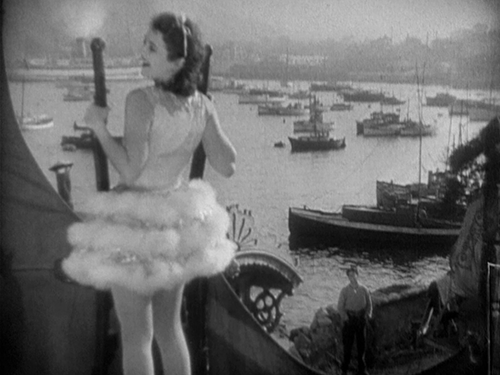
“In the end, what is Borzagean remains at the core of every project, overpowering all pictorial and topical considerations with a rapture that goes far beyond the idea of a mere touch or set of preoccupations. His is a body of work that remains vital less for its visual sublimity than for its twin pillars of physical dynamism and philosophical extremity. For about twenty years, Borzage’s distinctly American brand of spirituality was in perfect accord with the sensibility of the country at large, a brief loss of faith during the late silent era notwithstanding. By the beginning of the Forties, he had become ‘outmoded’ and, by the time he worked at Republic in the latter part of the decade, when many of his contemporaries were moving into the most glorious phases of their careers, he had already become an exotic remnant of an earlier era. But he never wavered in his own belief in himself and in paradise on earth through love and art.”
Kent Jones1
“The shot, to elaborate further, gives the setting or the spatial image its ‘composition’: lines of composition that suggest a latent drawing. And this drawing delineates the shot’s other image, its allegory, as in a picture puzzle. [...] Such figural metaphors have an effect even if their perception is not a fully conscious one. In the American film Street Angel a girl is hauled before a judge, and we see the backs of two policemen rise up like two dark, gigantic colossi hard against the camera. Between the two, as if through a narrow slit, the girl appears far below, a diminutive figure. The image signals to every viewer that the verdict on the girl has already fallen, even if the judge’s pronouncement has yet to begin.”
Béla Balázs2
- 1Kent Jones, “Frank Borzage,” Film Comment, September/October 1997.
- 2Béla Balázs, Early Film Theory. Visible Man and The Spirit of Film (New York & Oxford: Berghan Books, 2010), 175.

